Africa’s extraordinary wildlife doesn’t always need to be viewed from behind a windshield. The continent offers remarkable opportunities to encounter animals on foot, by boat, or during specialized treks that bring you closer to nature than any vehicle could.
These immersive experiences connect you with wildlife in more meaningful ways, allowing you to feel the terrain beneath your feet and absorb the sounds, scents, and rhythms of the wild. Here is a list of 17 outstanding destinations where you can witness Africa’s magnificent wildlife without ever setting foot in a jeep.
Bwindi Impenetrable Forest
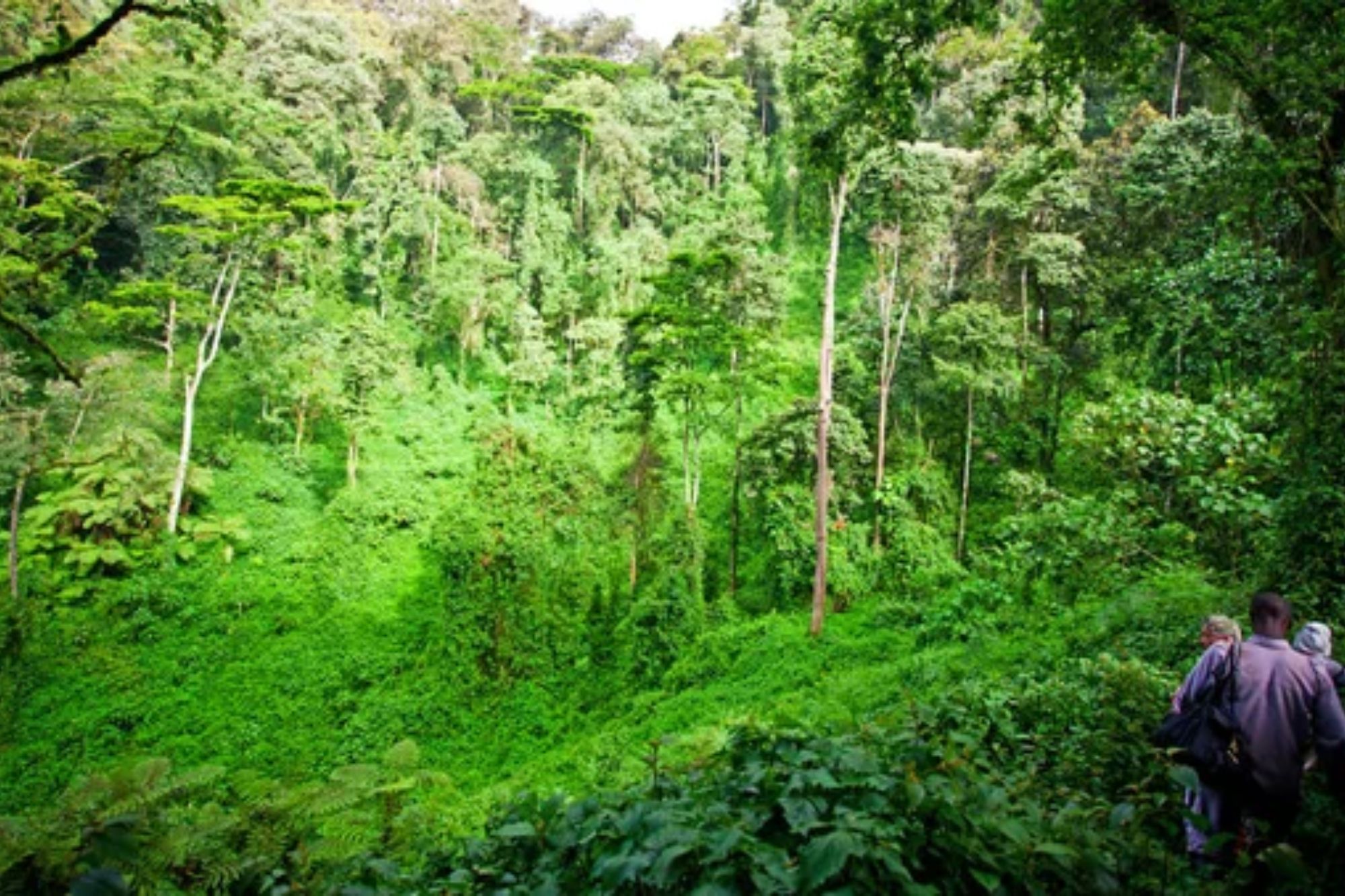
Nestled in Uganda’s southwestern corner, Bwindi Impenetrable Forest offers one of the most profound wildlife experiences on Earth. Trekking through its dense mountain rainforest brings you face-to-face with endangered mountain gorillas in their natural habitat.
The experience of sitting just a few meters from a gorilla family, watching your humanity reflected in their social interactions and warm brown eyes, creates an intimate wildlife encounter unlike any other in Africa.
Volcanoes National Park
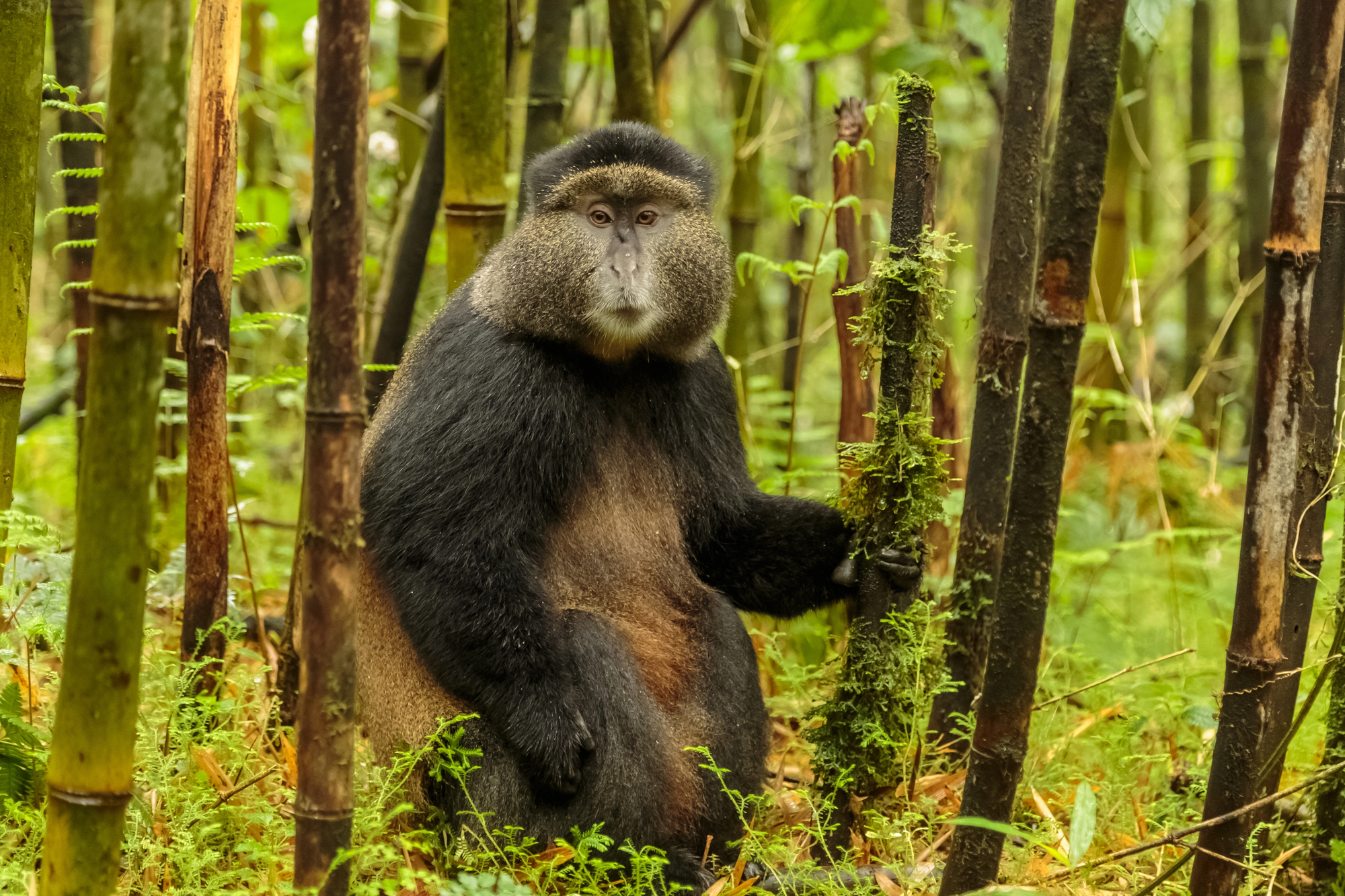
Rwanda’s premier wildlife destination allows visitors to trek through bamboo forests and alpine meadows in search of mountain gorillas. The park also offers golden monkey tracking adventures through ancient forest trails.
Conservation efforts have been remarkable here, with experienced guides and trackers leading visitors deep into the gorillas’ territory for truly transformative wildlife encounters.
The Okavango Delta
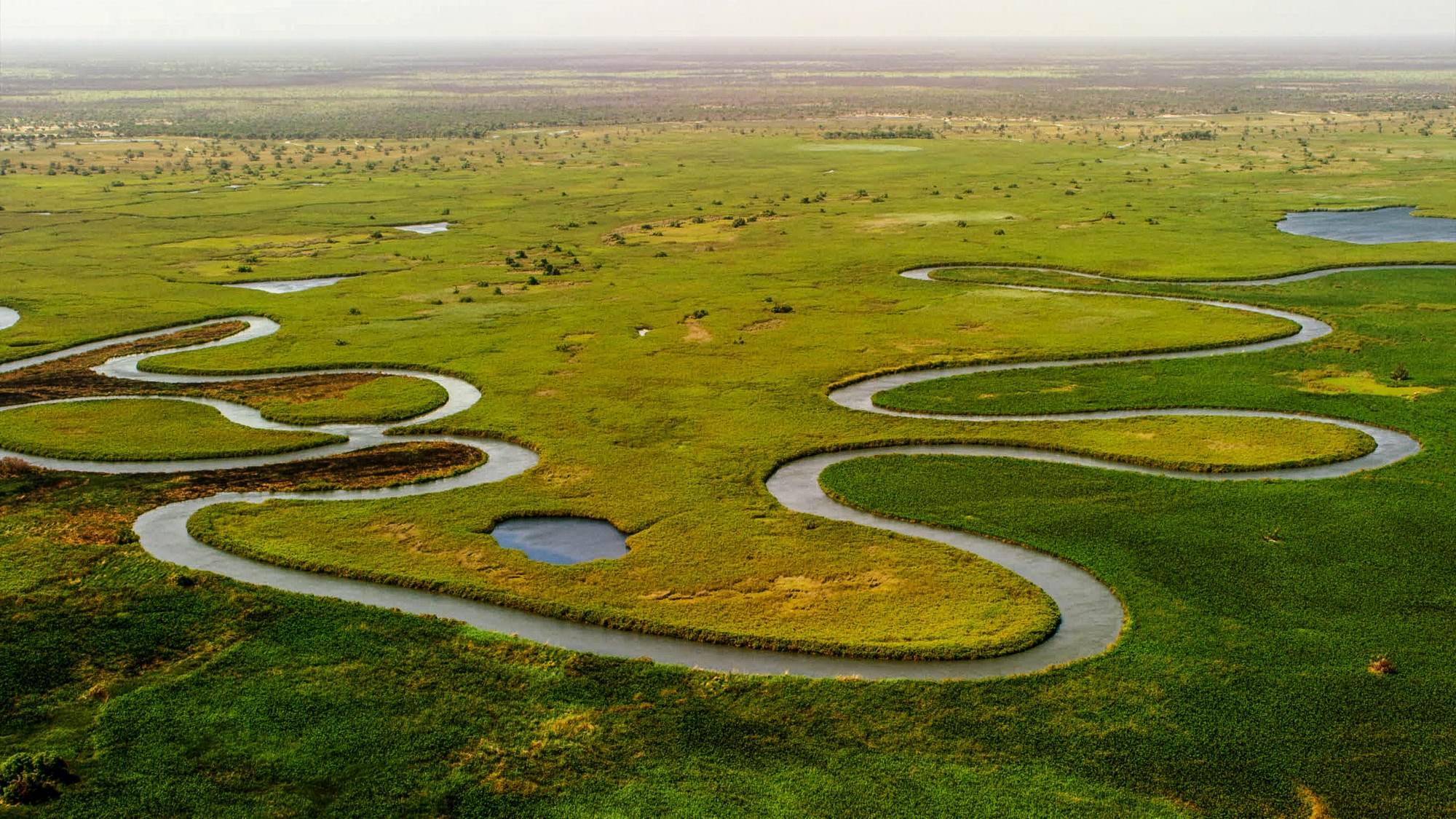
This UNESCO World Heritage site in Botswana offers mokoro safaris—traditional dugout canoe experiences—that silently glide through crystal-clear waterways. The mokoro is completely silent as your guide uses a long pole to push forward, allowing for peaceful, non-motorized wildlife viewing where animals remain undisturbed by engine noise.
From a water-level perspective, you’ll spot elephants, hippos, and countless bird species in this aquatic paradise.
Like Travel Pug’s content? Follow us on MSN.
Mana Pools National Park
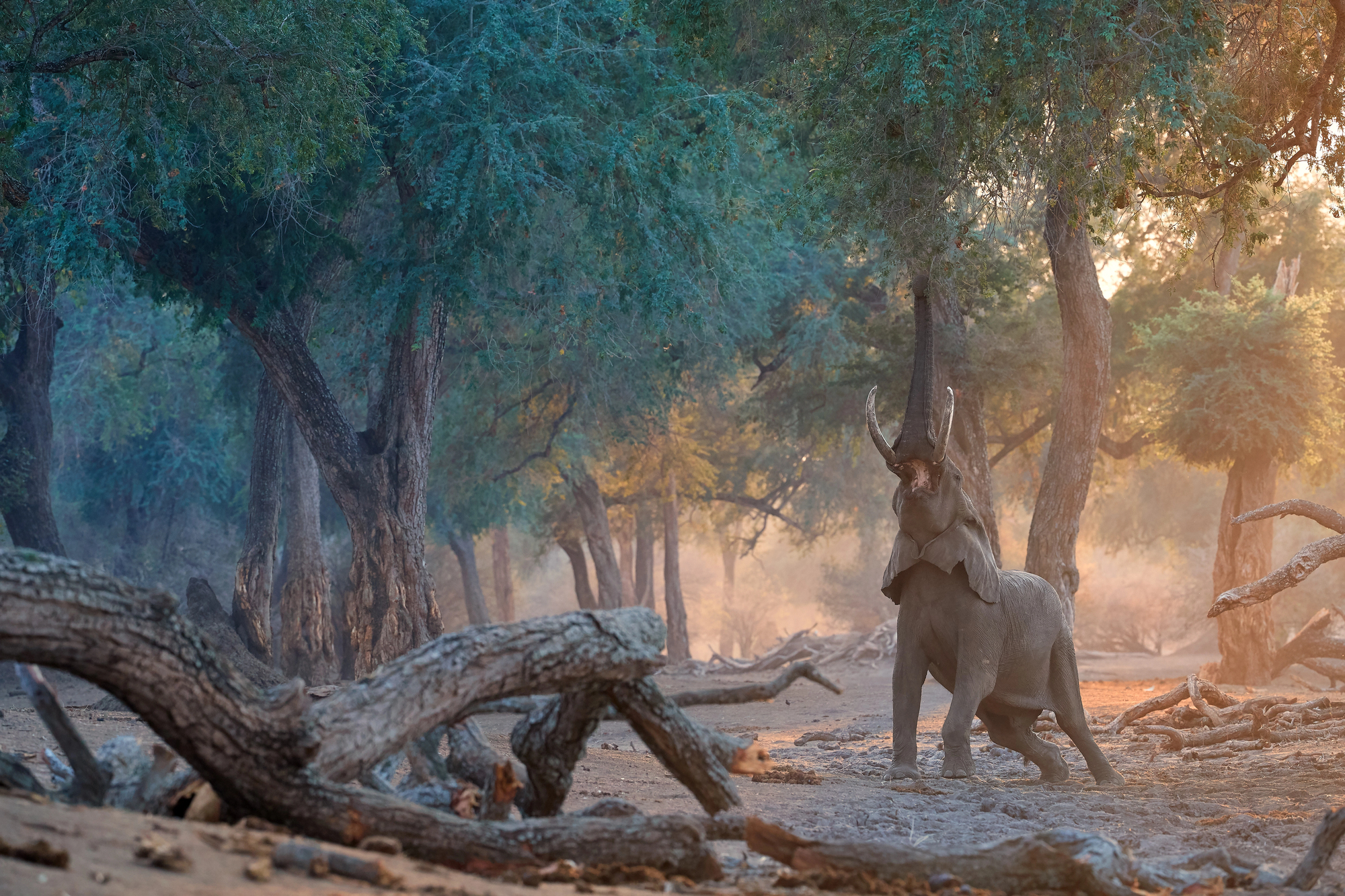
This remote Zimbabwean wilderness permits walking safaris with expert guides, allowing you to track elephants, lions, and other wildlife on foot. The shoreline of Mana Pools features myriad bird species, honking hippos, and huge elephants, with camping options available on quiet islands and beaches along multi-day walking expeditions.
The open floodplain landscape creates ideal conditions for safe, on-foot wildlife viewing.
South Luangwa National Park
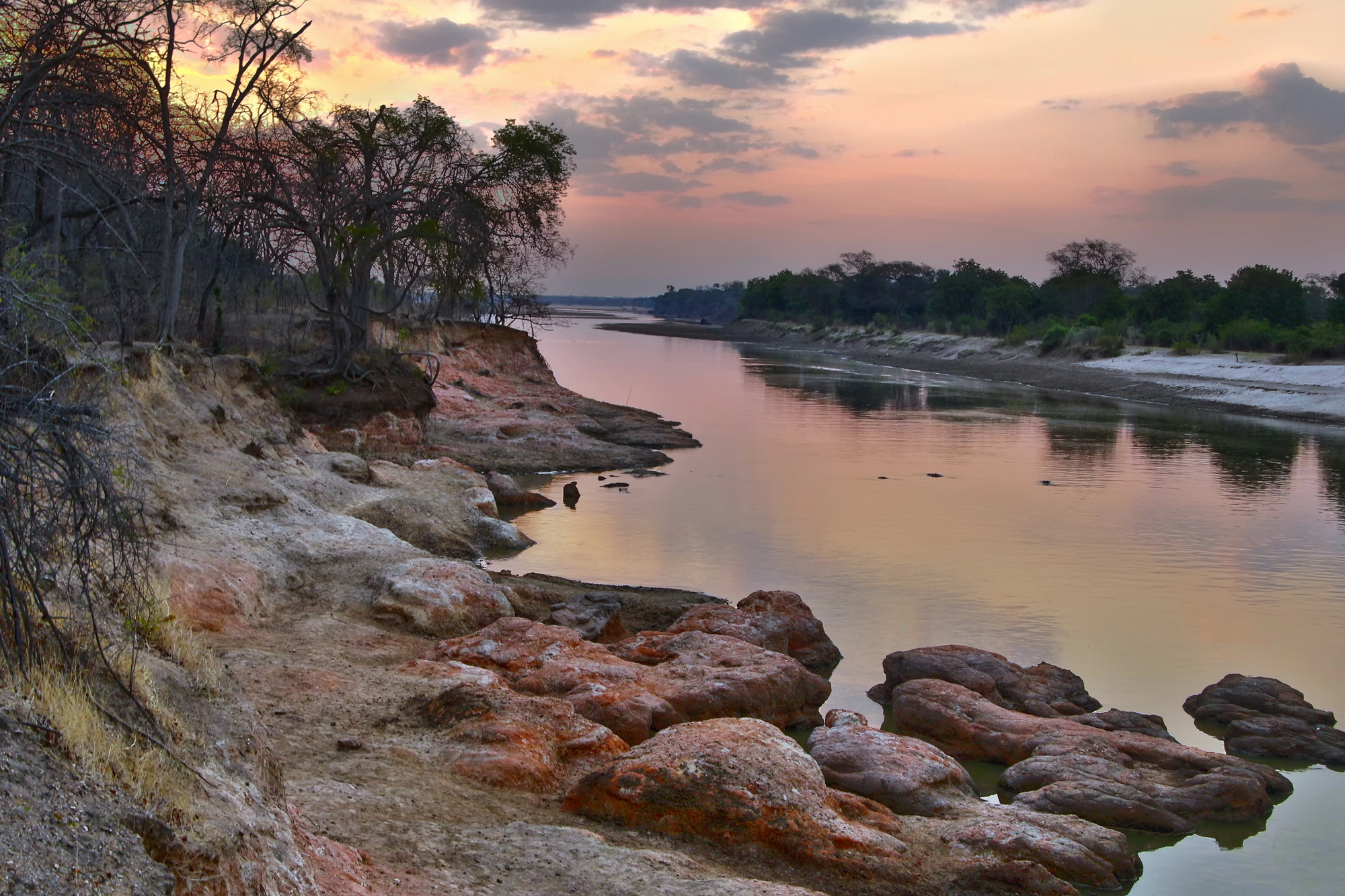
Zambia pioneered the walking safari, and South Luangwa remains its flagship destination. The park boasts phenomenally high mammal densities with highly rated guides and is renowned for the comparative ease with which leopards can be spotted, even when exploring on foot.
Morning walks reveal intricate details of the ecosystem that vehicles simply speed past.
Kibale Forest National Park
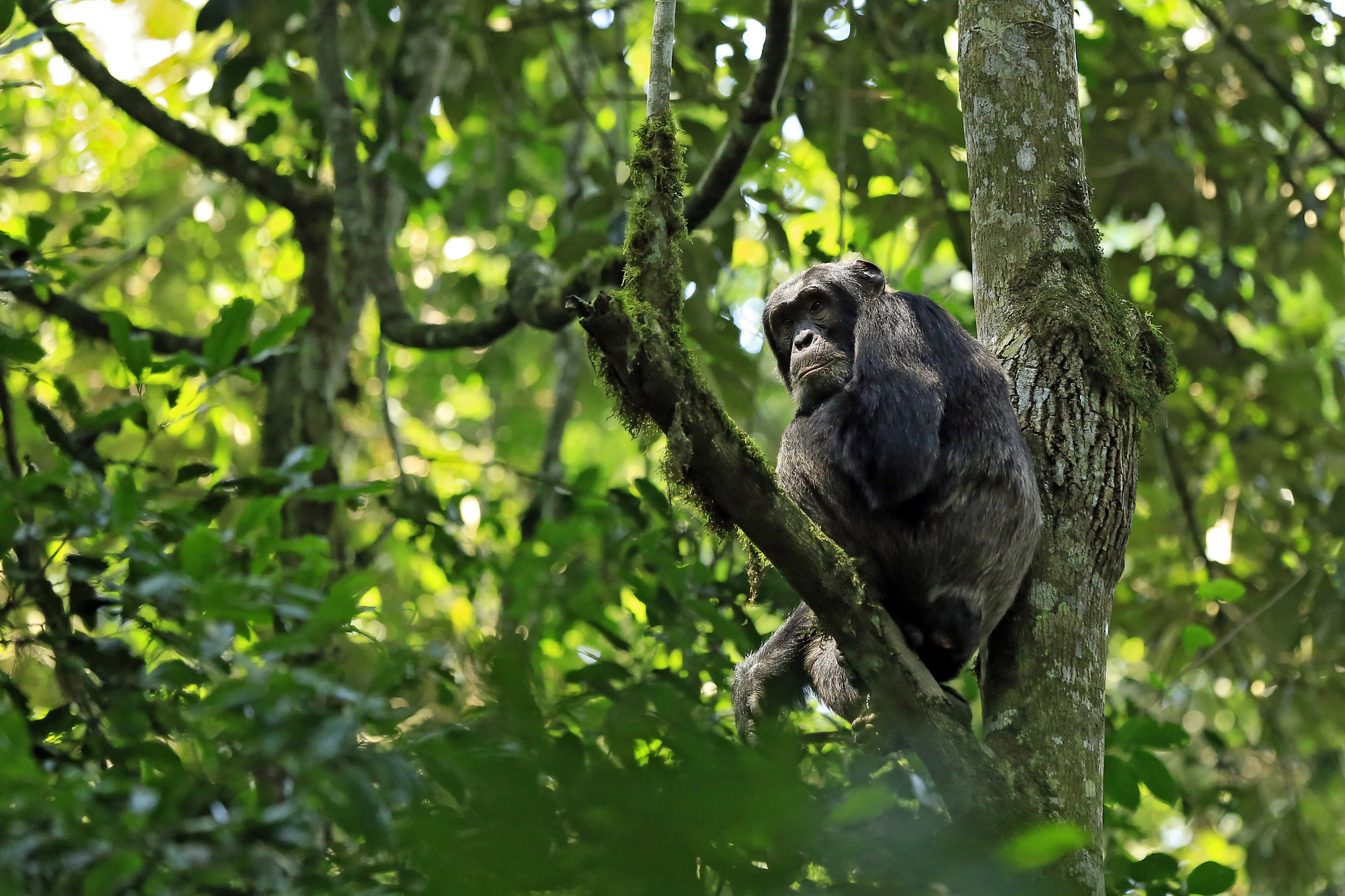
Uganda’s premier chimpanzee tracking destination gets you remarkably close to our closest relatives. Tracking chimps through the forest offers an adventure-filled opportunity to encounter these magnificent creatures in their natural habitat, creating one of the best wildlife experiences in Africa.
The forest also harbors other primates, including red colobus monkeys and L’Hoest’s monkeys.
Like Travel Pug’s content? Follow us on MSN.
Chobe River
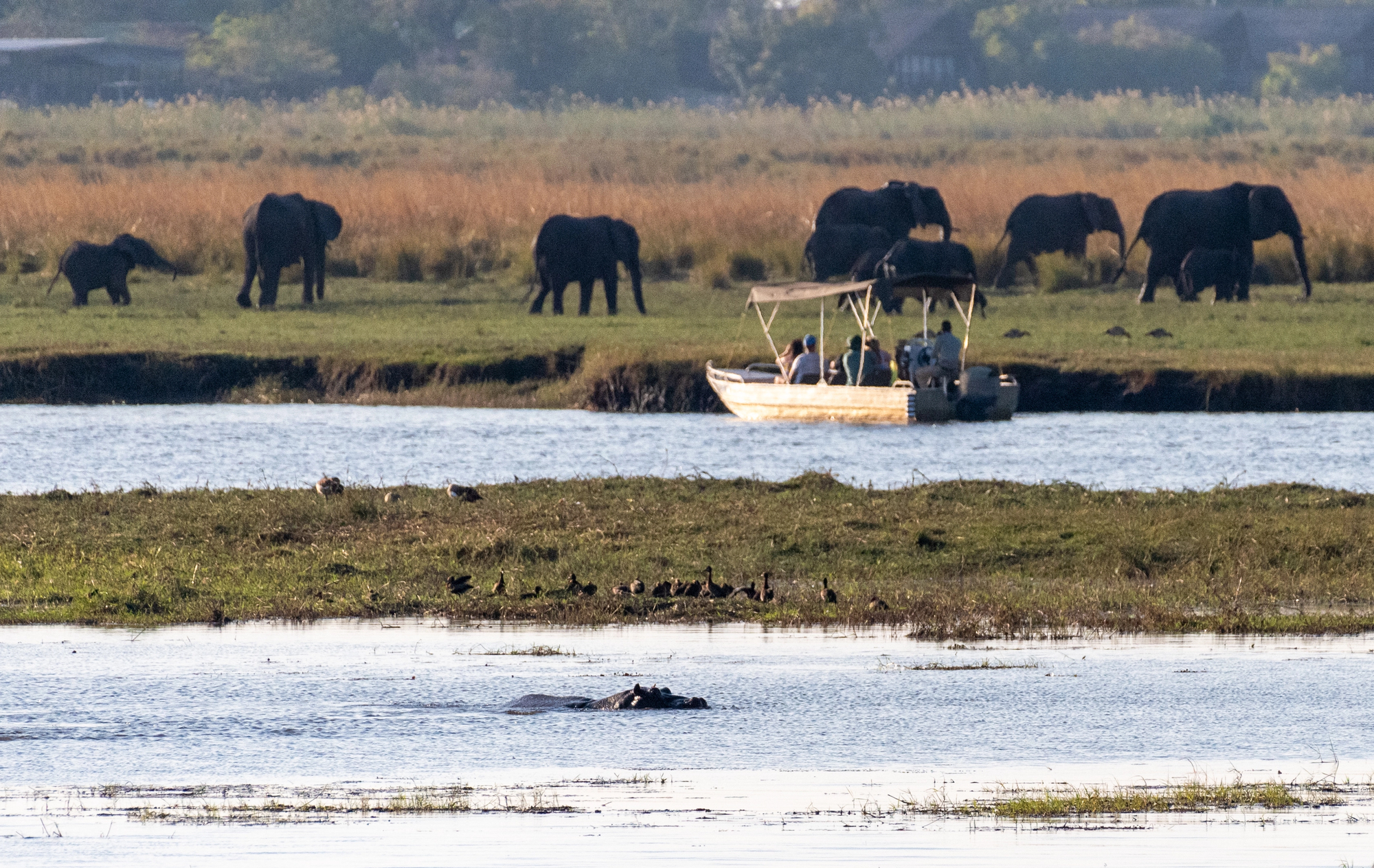
While Botswana’s Chobe National Park is famous for game drives, the river itself offers exceptional water-based safaris. From your boat, you can witness herds of elephants and buffaloes drinking at the riverbank, with thick riverine woodland and mopane forests providing habitat for rare antelope species.
Sunset cruises deliver spectacular wildlife viewing without ever boarding a jeep.
Skeleton Coast National Park
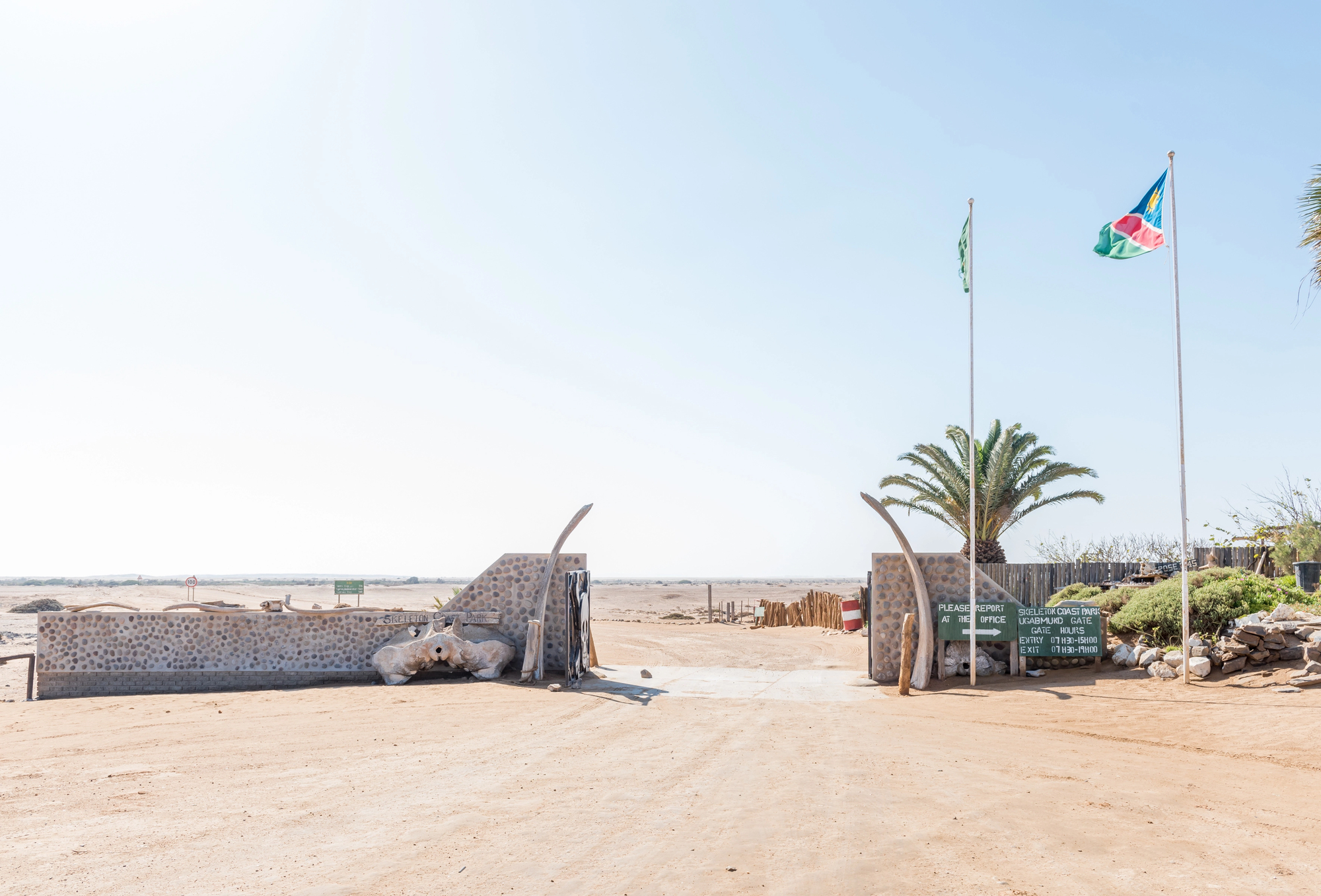
Namibia’s haunting coastline offers a truly unique wildlife experience. Rather than a classic wildlife park, the Skeleton Coast provides an opportunity to see immense colonies of up to 100,000 Cape-fur seals, along with herds of desert-adapted animals.
Walking among seal colonies and exploring this otherworldly landscape offers unforgettable encounters.
Majete Wildlife Reserve
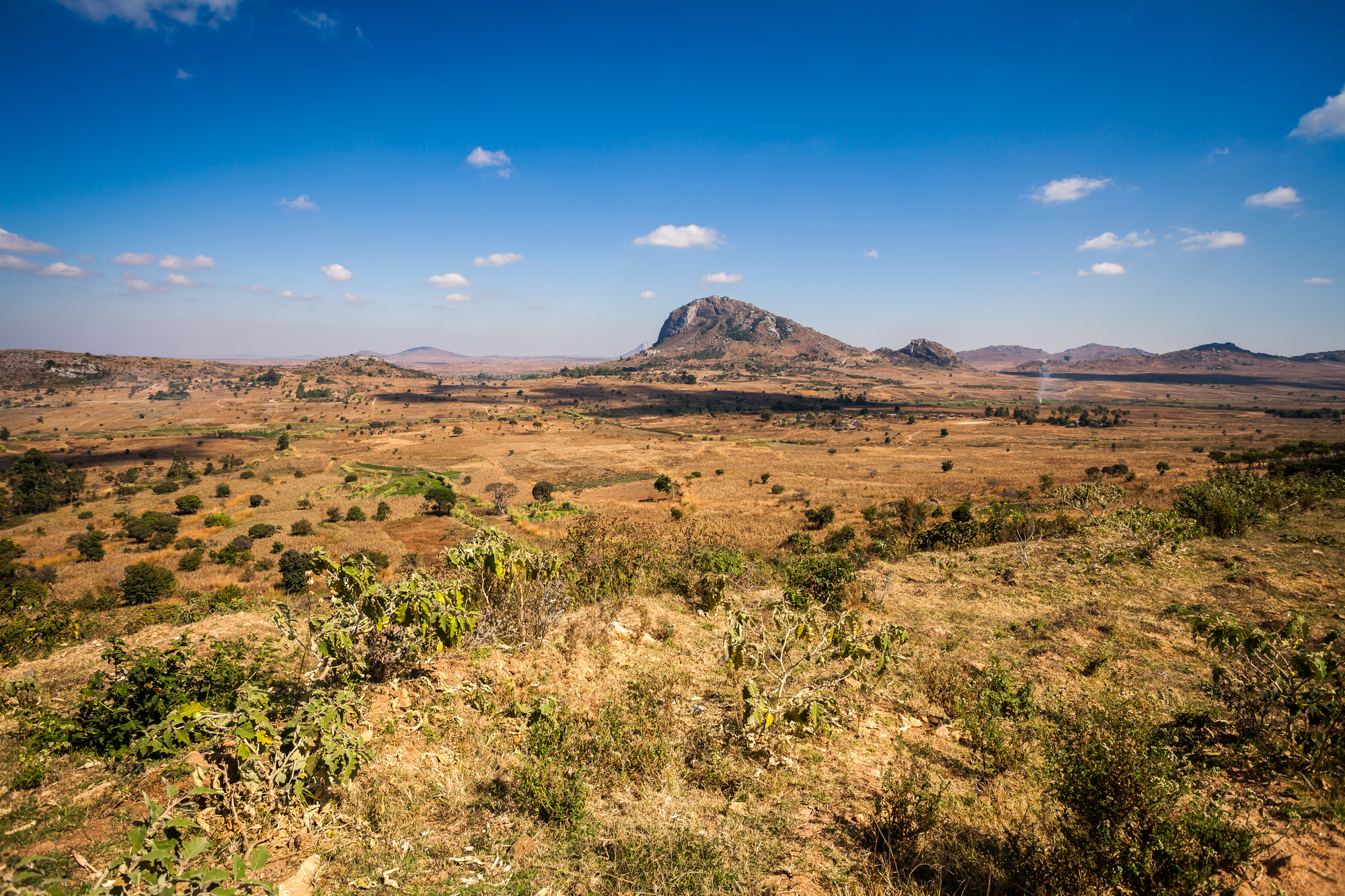
This remarkable conservation success story in Malawi offers walking safaris through diverse habitats. Majete provides an affordable alternative to other parks with a more intimate, secluded environment, becoming a powerful symbol of wildlife recovery after its animals were nearly all hunted out just two decades ago.
The reserve now showcases the Big Five in an uncrowded setting.
Like Travel Pug’s content? Follow us on MSN.
Zambezi River
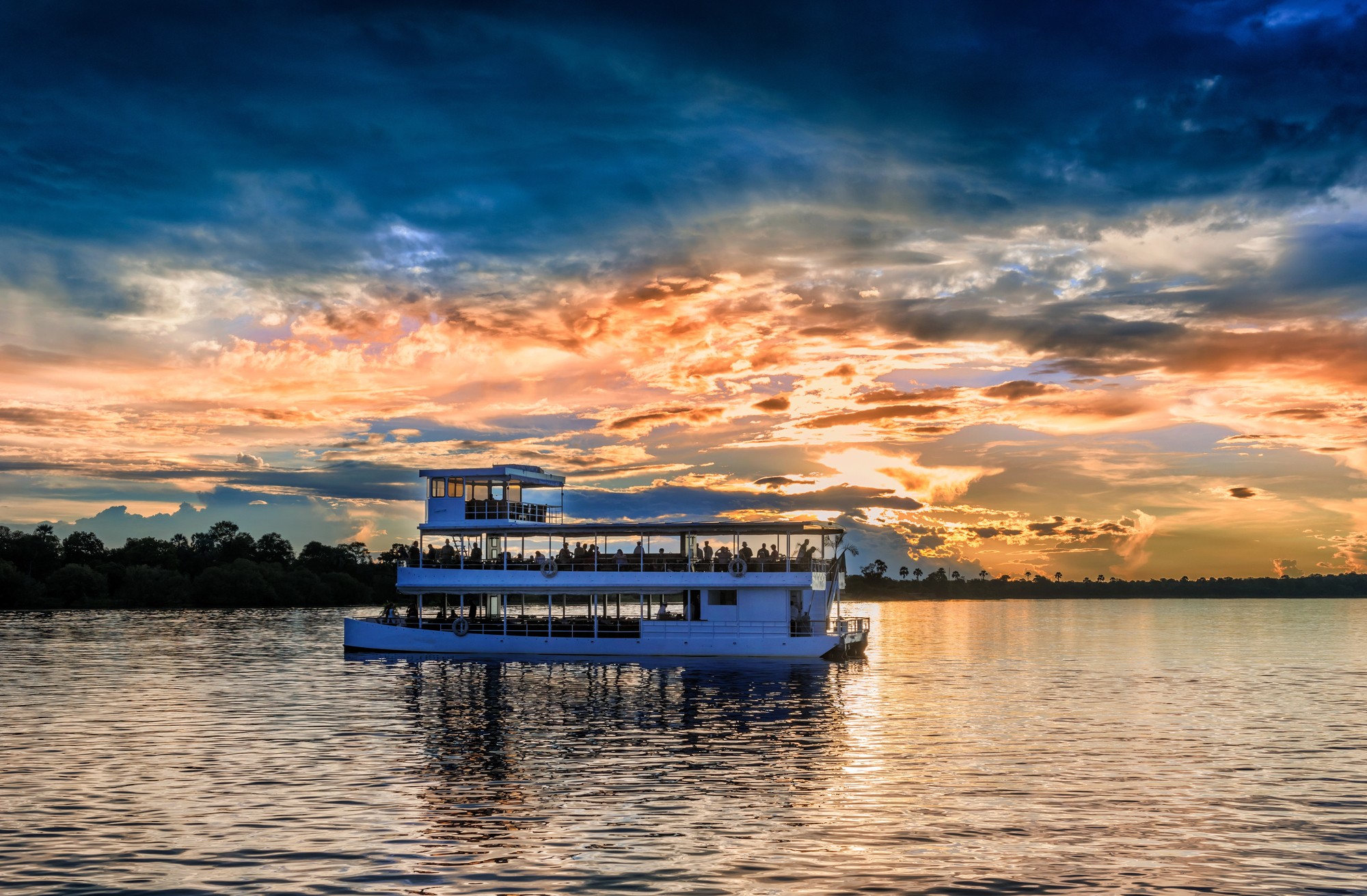
The mighty Zambezi forms the border between Zimbabwe and Zambia, offering superb canoe safaris. Paddling downstream with the current allows for close encounters with wildlife along the shoreline, with camping options on quiet islands and beaches during multi-day expeditions.
These trips provide thrilling wildlife encounters from water level.
Ngorongoro Crater
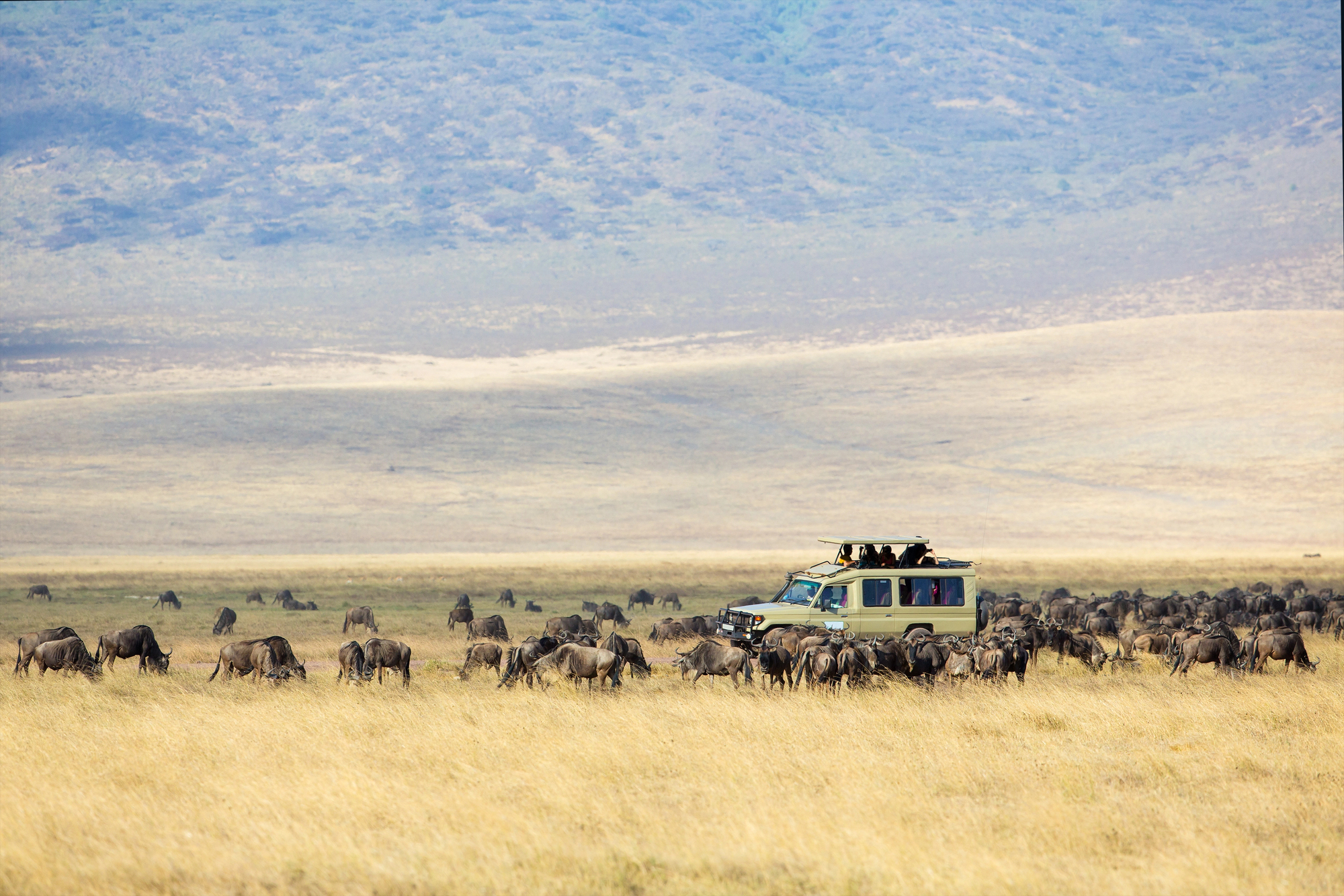
Tanzania’s ancient volcanic caldera supports an extraordinary concentration of wildlife that can be appreciated through guided walks along the rim. Simply put, Ngorongoro Crater offers tremendous value with abundant wildlife, including the ability to drive down into the crater where big game awaits, yet walking options provide a fresh perspective.
The panoramic views during hikes are unmatched.
Boulders Beach
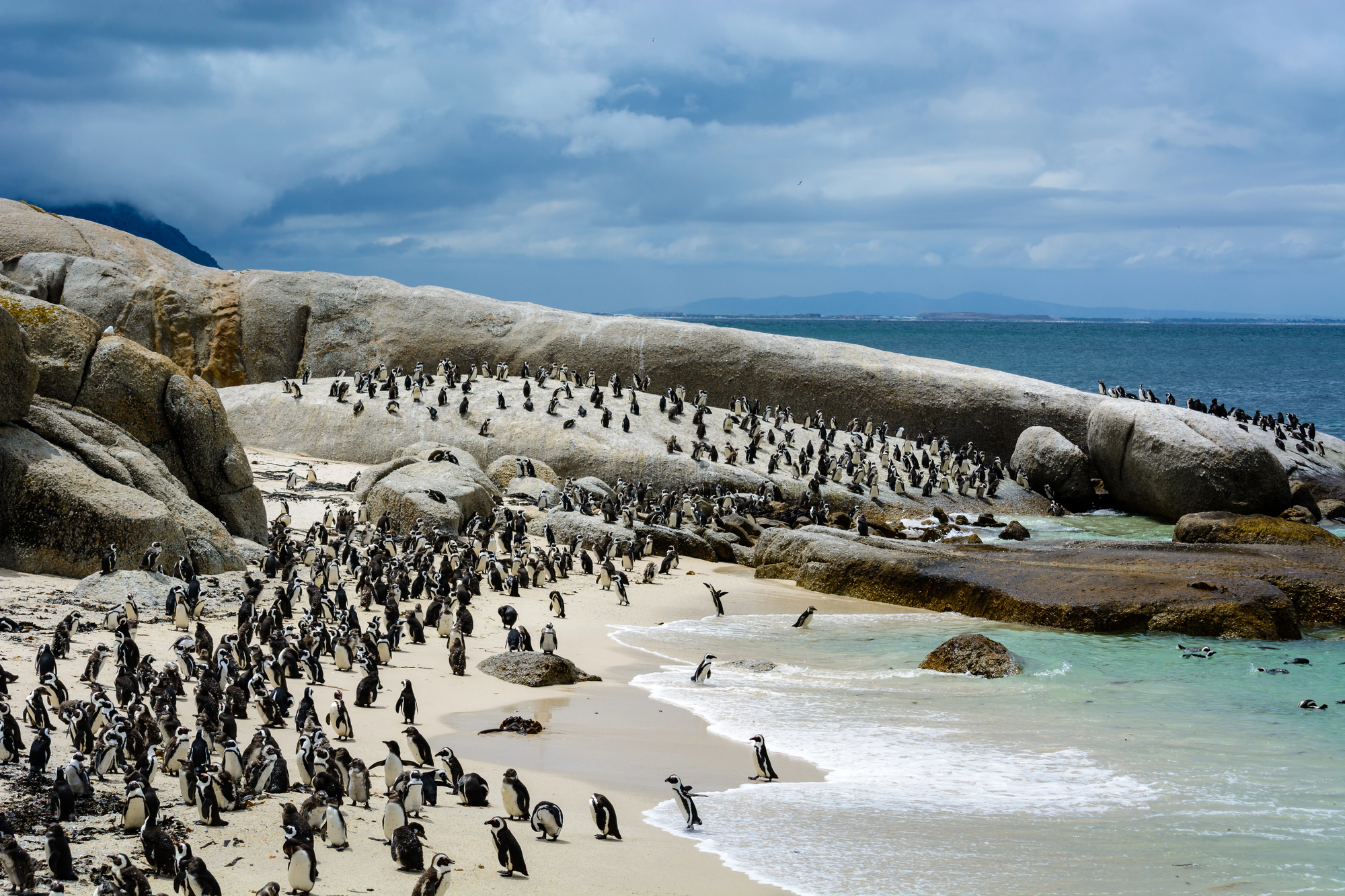
Located near Cape Town, South Africa, this protected cove offers a delightful wildlife experience. Visitors can say a quiet hello to the shy African penguins that settled here in 1982, one of the only places in the world where you can get remarkably close to these waddling birds in their natural habitat.
The granite boulders create sheltered swimming areas shared with these charismatic birds.
Like Travel Pug’s content? Follow us on MSN.
Lewa Wildlife Conservancy
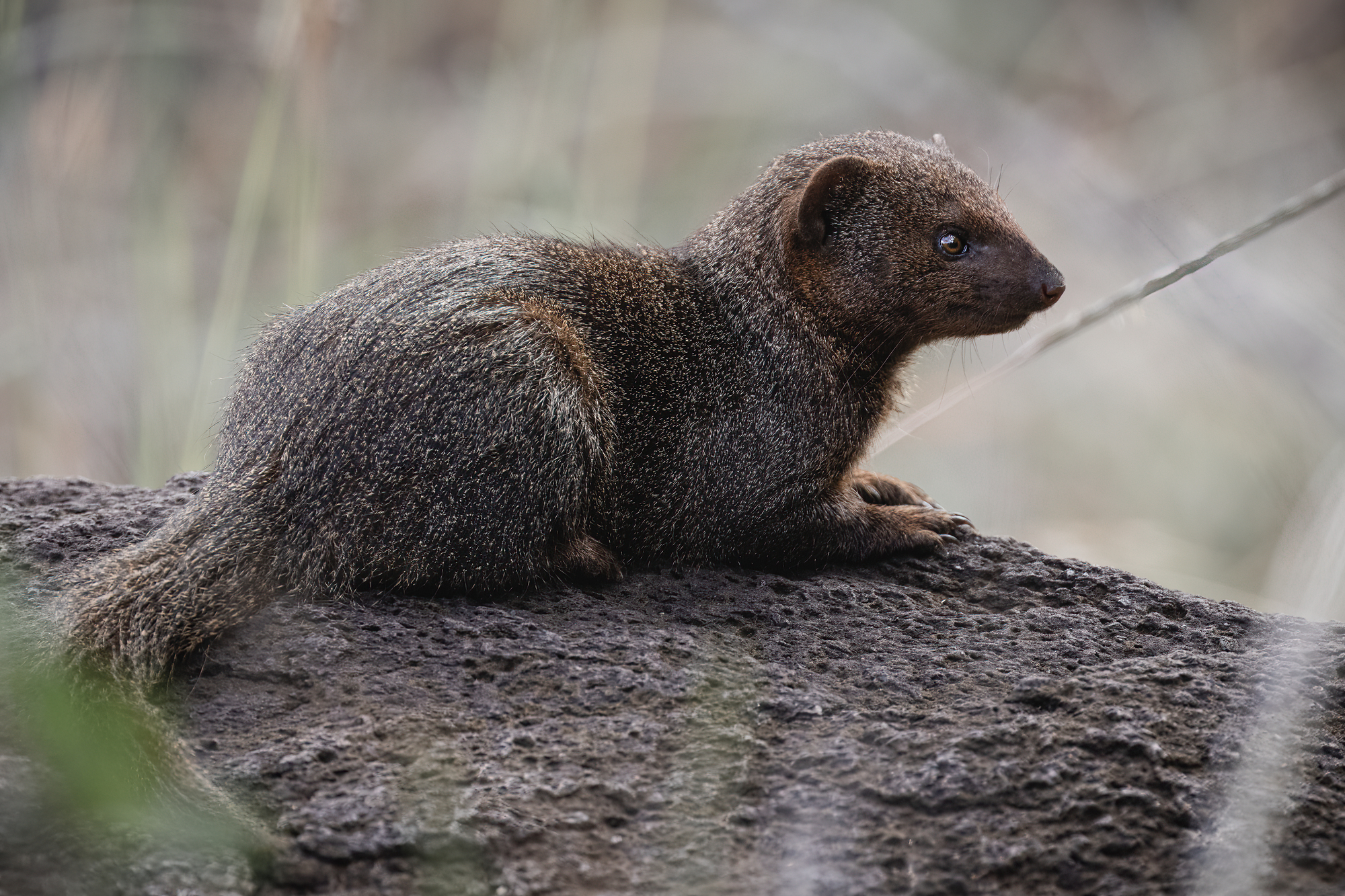
This pioneering Kenyan conservancy offers walking and horseback safaris across its savanna. Lewa houses both black and white rhinos, with experienced guides allowing wildlife viewing by electric vehicle, camel, on foot, or even on horseback.
The conservancy limits the number of vehicles at any sighting, creating more tranquil wildlife encounters.
Kidepo Valley National Park
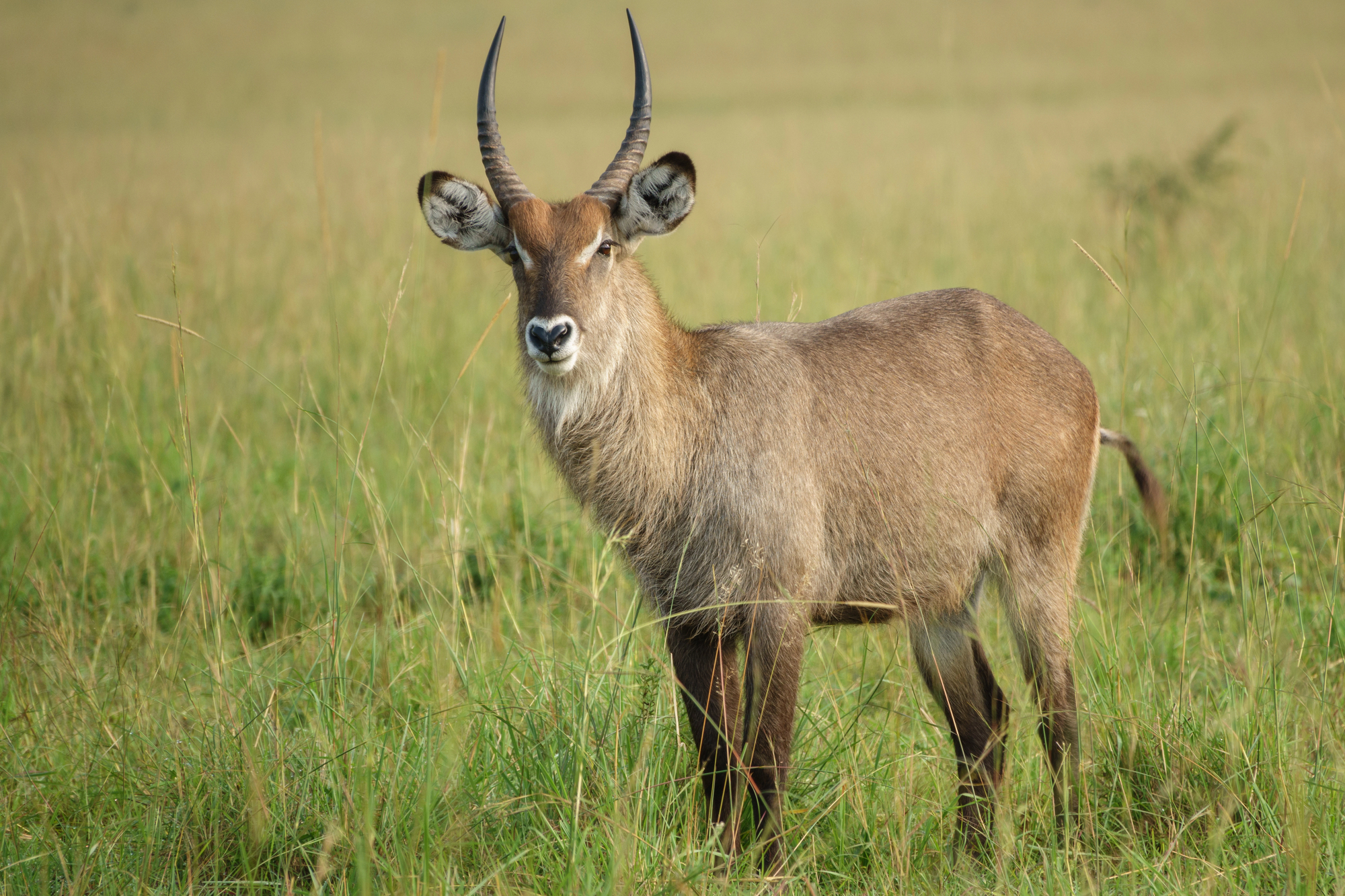
Uganda’s remote northern park offers exceptional walking safaris across its vast plains. For old hands, this challenging safari destination provides a crossing point for wildlife from several countries, offering a more adventurous experience best undertaken with knowledgeable guides.
The isolation guarantees uncrowded wildlife viewing.
Liuwa Plain National Park

This hidden gem in western Zambia hosts the second largest wildebeest migration in Africa. The huge herds that flow into Liuwa Plains from Angola each November could be called the Second Great Migration, yet this spectacular wildlife phenomenon remains virtually unknown to most travelers.
Walking safaris here provide authentic wilderness experiences.
Like Travel Pug’s content? Follow us on MSN.
Dzanga-Sangha Reserve
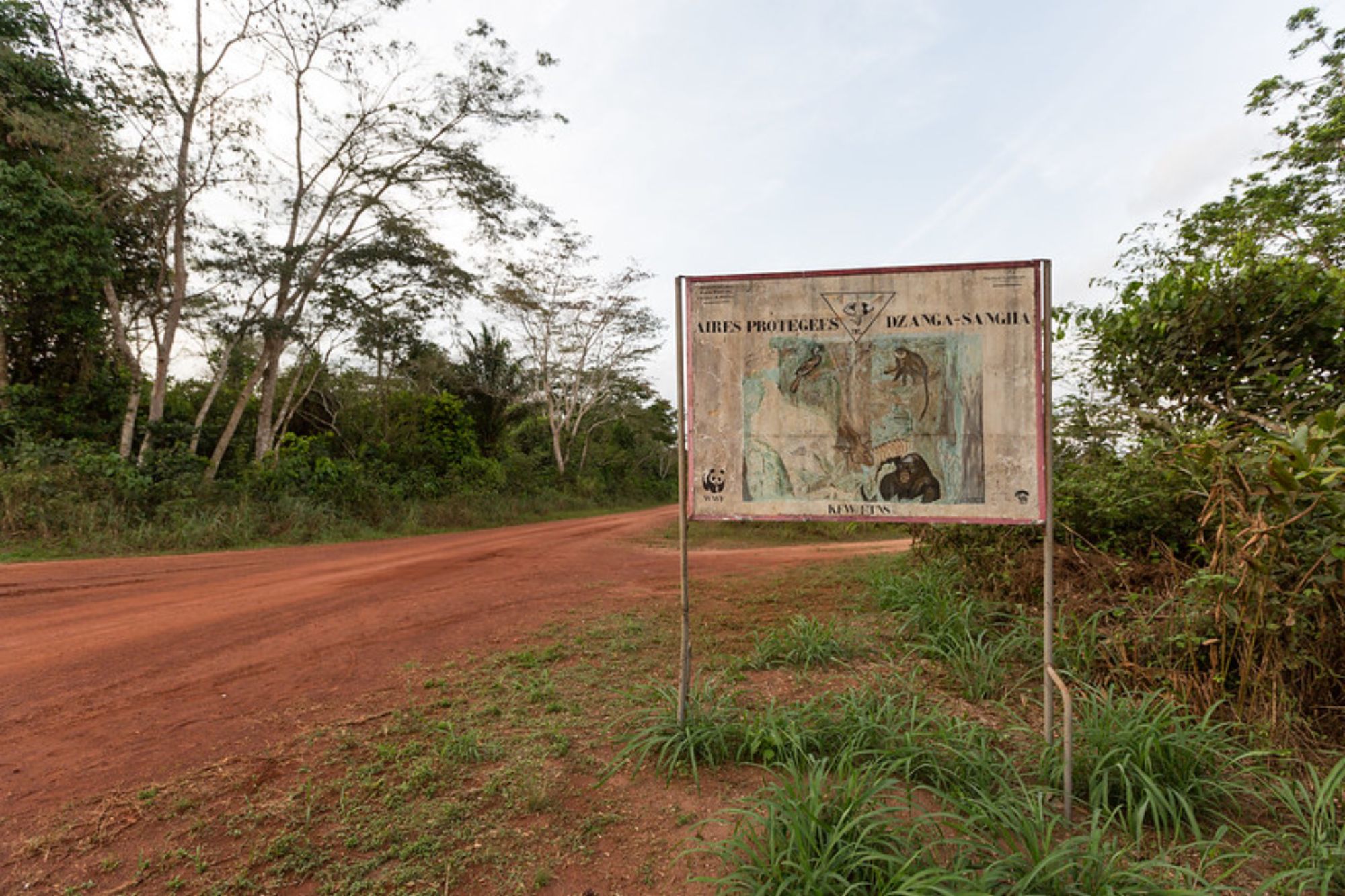
This remarkable protected area in the Central African Republic offers tracking of western lowland gorillas. The reserve is one of the few places worldwide where visitors can track habituated western lowland gorillas while also encountering forest elephants and elusive bongo antelope.
Guided walks with local Ba’Aka trackers provide profound insights into rainforest ecology.
Makgadikgadi Pans
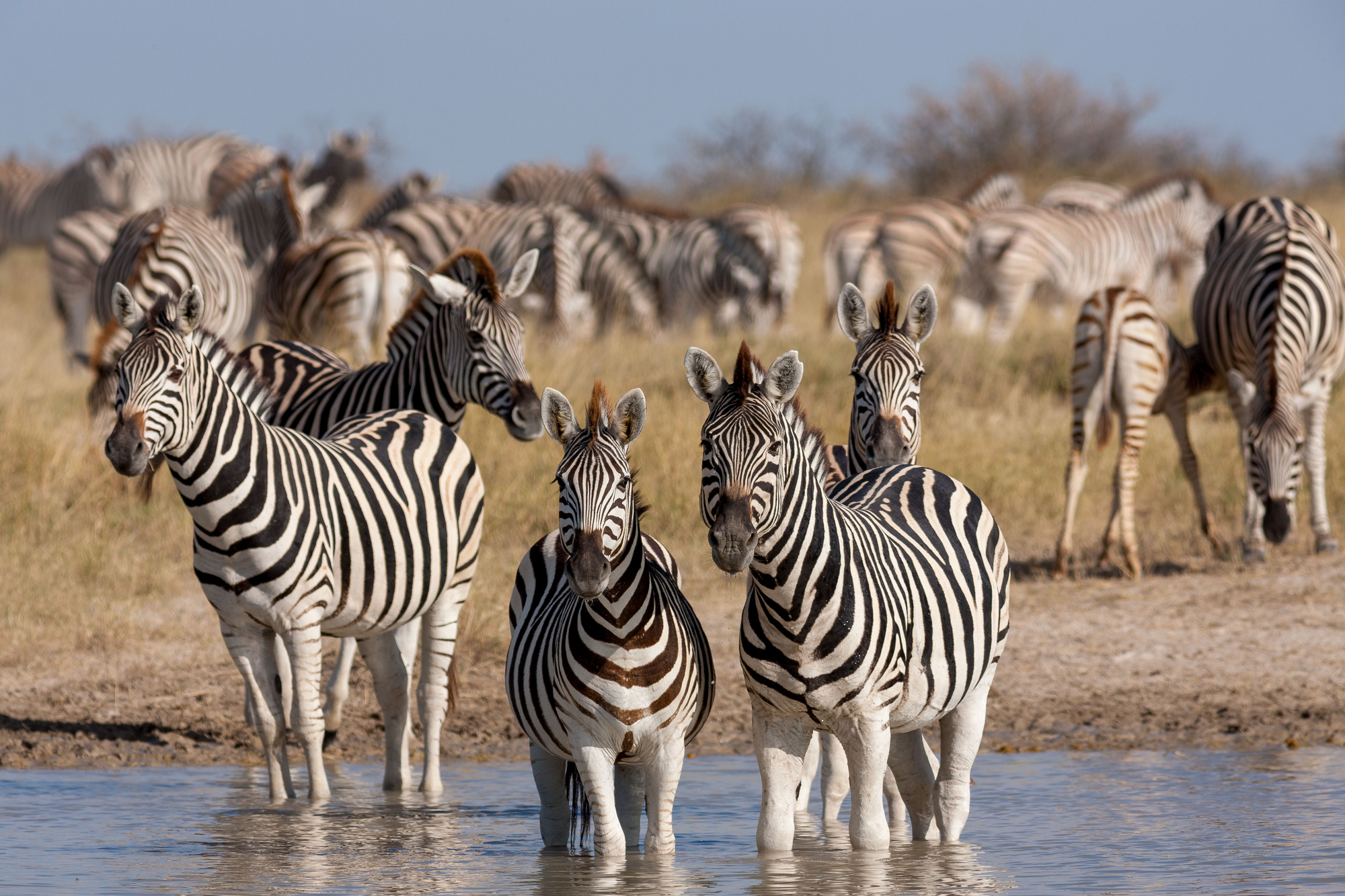
Botswana’s surreal salt flats transform during the green season when zebra migrations arrive. The annual Zebra Migration sees up to 30,000 animals moving between seasonal grazing areas, marking Southern Africa’s largest migration and one of the most unforgettable natural phenomena to witness firsthand.
Walking across these ancient lakebeds creates opportunities for unique wildlife photography.
Beyond Vehicles
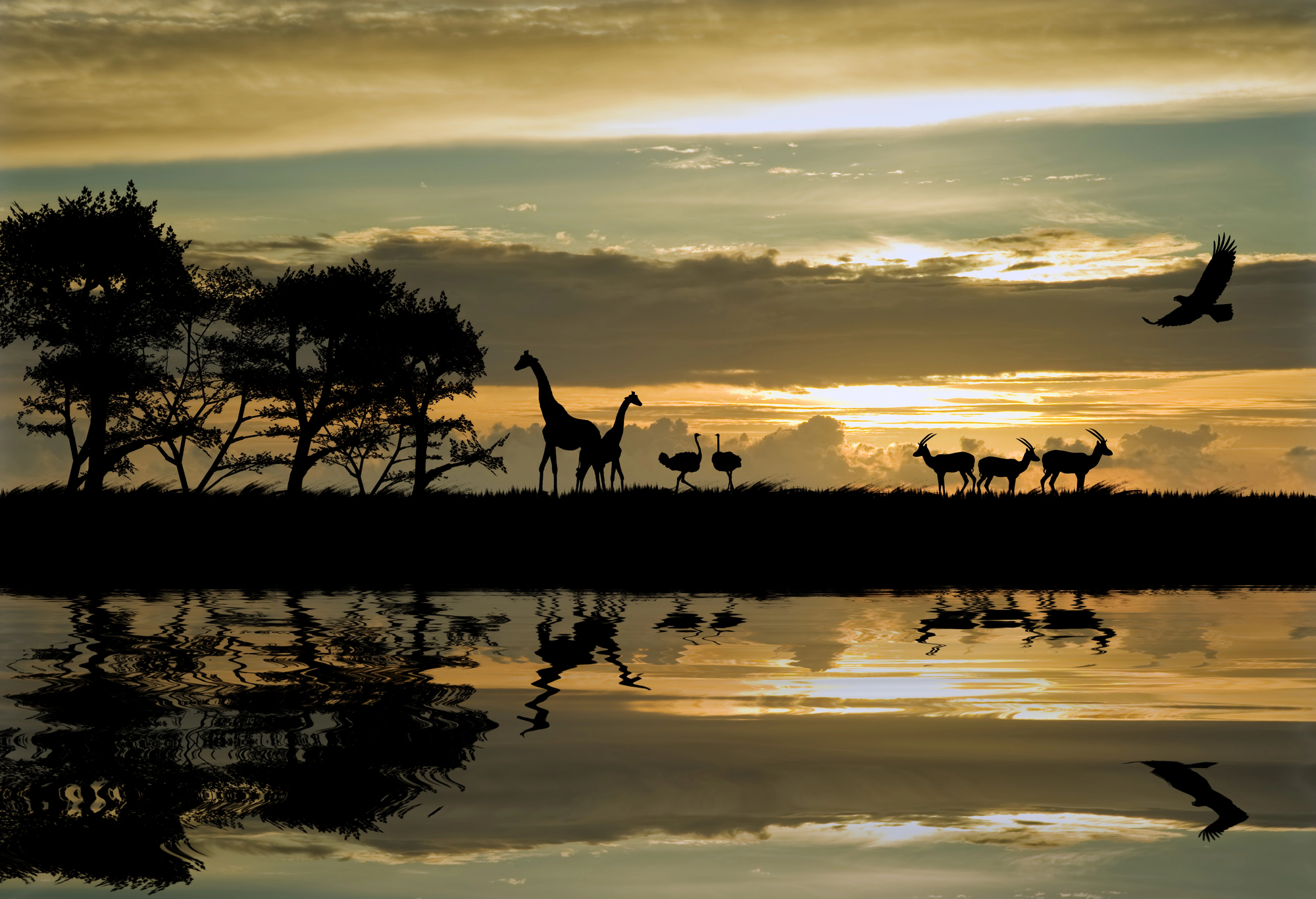
African wildlife viewing extends far beyond the confines of safari vehicles. Whether trekking gorillas in misty forests, gliding silently in canoes past elephants, or walking ancient migration routes, these vehicle-free experiences connect travelers with Africa’s wild heart in profound ways.
Each footstep, paddle stroke, or moment of stillness reveals the continent’s natural wonders with an immediacy and authenticity that no windshield can provide.
The traditions of walking safaris, water-based explorations, and tracking adventures continue to evolve, offering sustainable and intimate alternatives to conventional game drives.
By stepping out of the jeep and into these direct experiences, visitors contribute to conservation efforts while gaining a deeper appreciation for Africa’s remarkable wildlife heritage.
More from Travel Pug

- Cities Growing so Fast You Won’t Recognize Them in 10 Years
- 13 Destinations Where Tourists Regularly Regret Their Trip
- 16 U.S. Cities That Are Quietly Becoming Travel Hotspots
- Where to Travel If You Love Long Bus Rides and Daydreams
- 20 Cities Perfect for Solo Travelers Who Crave Adventure & Culture
Like Travel Pug’s content? Follow us on MSN.
